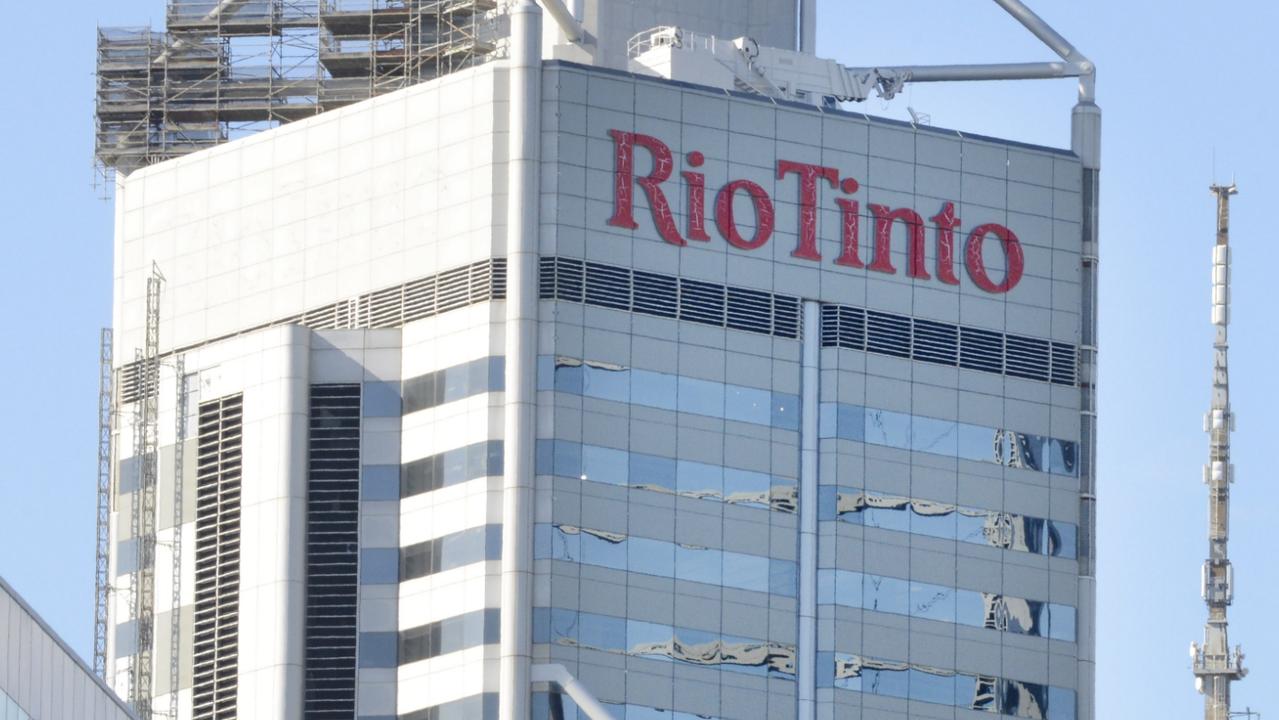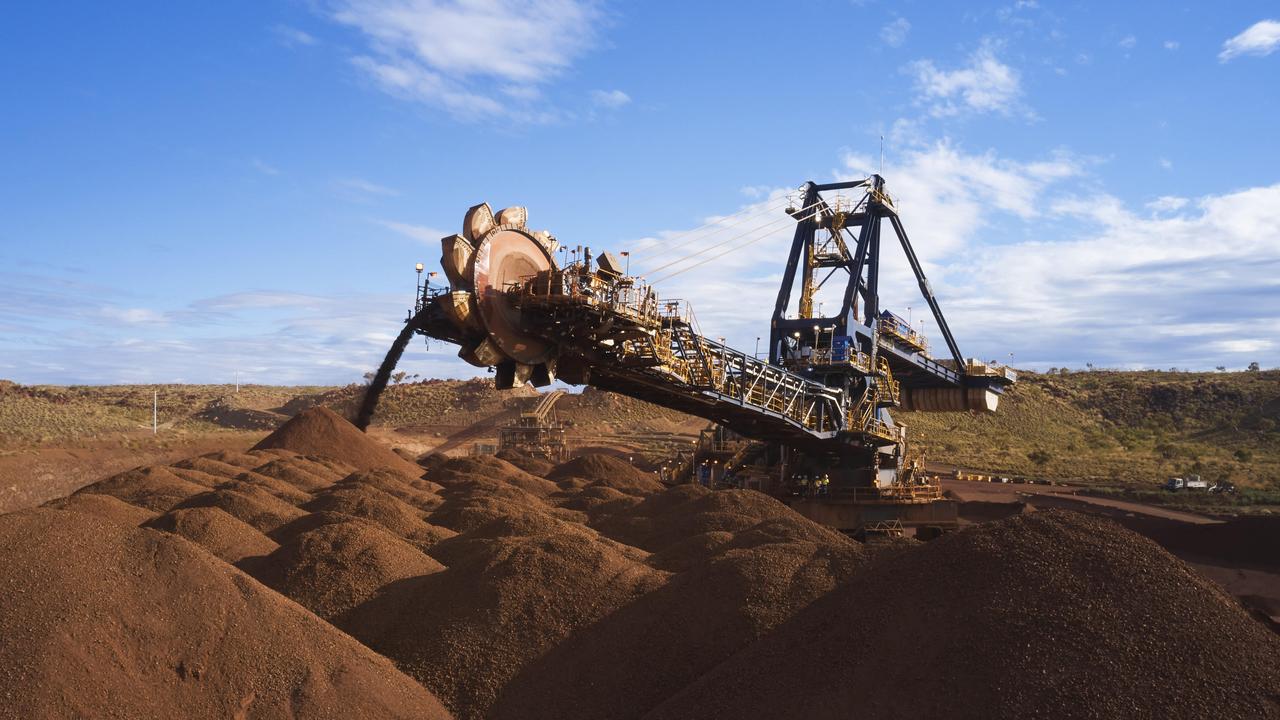How a 37-year-old letter could cost Rinehart billions
Decades-old letters could cost Australia’s richest woman billions. Here’s why.
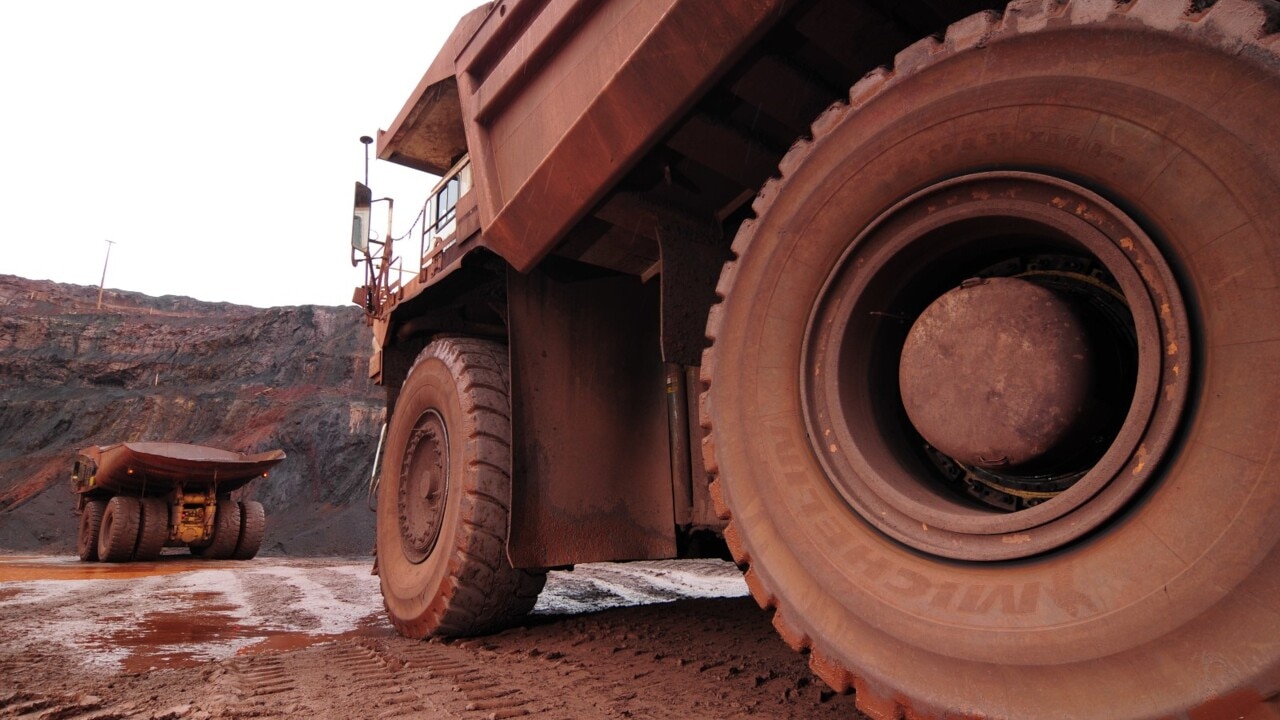
Mining
Don't miss out on the headlines from Mining. Followed categories will be added to My News.
The lawyers for one of the mining entities embroiled in a legal stoush with Australia’s richest woman has presented “significant evidence” before Western Australia’s Supreme Court.
Tuesday was the second day of months of hearings to be held as Hancock Prospecting Pty Ltd and executive chairman Gina Rinehart fend off royalty claims from rival mining outfits, the estates of now-dead Hancock business partners, and some of Ms Rinehart’s own children.
Shortly before the lunch break on Tuesday, lawyer for Wright Prospecting Julie Taylor SC tabled a letter to the court as part of her opening submissions, which started with the civil trial’s commencement on Monday.
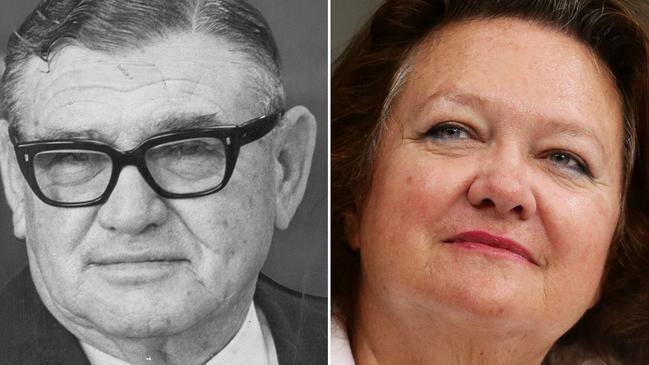
The letter was written by Hancock founder Lang Hancock to his daughter Gina Rinehart in early 1986. Mrs Rinehart at the time held a senior position with Hancock Prospecting.
The letter outlines the division of assets between Hancock and Wright Prospecting, noting Hancock was to retain Hope Downs 4, 5, and 6 – the three iron ore tenements referred to at the time as “East Angelas.”
“Lang and Mrs Rinehart knew and understood that those areas were held jointly for the partnership,” Ms Taylor told the court.
“[Ms Hancock] was only entitled, at most, to a half interest in them.
“This is important to demonstrate Lang’s understanding of the partnership and, most importantly, that Mrs Rinehart has known since 1986 that the assets are held jointly by the partnership.”
Earlier, it was revealed Mr Hancock, a staunch Liberal Party supporter, was hoping for a Labor win in Western Australia to help further his iron ore mining operations.
The court heard correspondence between Mr Hancock and infamous former premier Brian Burke shortly after Mr Burke’s 1983 election win.

The parties are fighting over the split of royalties from six iron ore mining tenements in WA’s Pilbara region, collectively known as Hope Downs, as a slew of lawyers try to prove the existence of tenuous agreements made with Lang Hancock in the 1970s and ’80s.
Ms Taylor presented Justice Jennifer Smith with letters between Mr Hancock, his business partner Peter Wright and then WA premiers and mining ministers.
Despite being a notable Liberal Party supporter, Mr Hancock wanted to see a change in state government in the early 1980s because he felt a Labor government would be more sympathetic in terms of mining approvals, documents read aloud in court showed.
“We feel your government and Hanwright have a common goal,” Mr Lang wrote to Mr Burke in January 1983, one month before Labor’s state election win over Liberal incumbent Ray O’Connor.
Ms Taylor argued that by referring to “Hanwright”, a portmanteau of Hancock and Wright Prospecting, the two companies were working in partnership.
Some of the Hope Downs tenements were taken back by the state government, only to be bought back by Mr Hancock in 1989.
The ongoing civil matter revolves around the royalties from iron ore operations at Hope Downs, with lawyers for Wright arguing agreements with Hancock Prospecting mean the royalties should be split evenly.
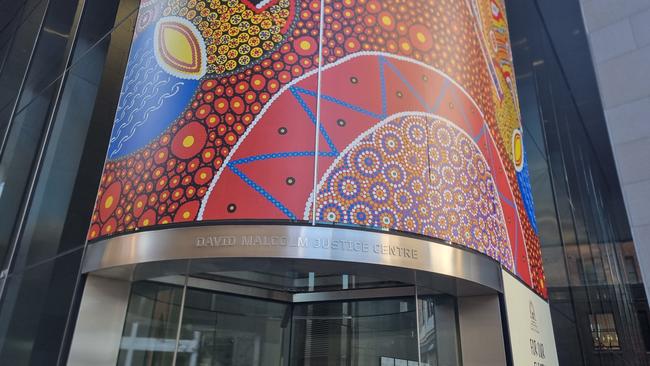
Also trying to stake a claim is DFD Rhodes, another prospecting company who claims their founder Don Rhodes was promised 1.25 per cent of the royalty share by Mr Hancock.
And complicating the matter are the eldest children of Ms Rinehart, John Hancock and Bianca Rinehart, who are continuing a bitter dispute with their mother for control of the Hancock family trust, which profits off Hope Downs operations.
Angela Bennett, the billionaire daughter of Peter Wright, is also being represented but, like Ms Rinehart, is unlikely to appear in person during the proceedings, which are expected to run to November at the earliest.
The children of Ms Bennett’s late brother Michael, Leonie Baldock and Alexandra Burt, are also represented in the case.
Mr Wright died in 1985, and Mr Hancock died in 1992.
Mr Burke became a controversial figure in WA politics after a royal commission was held into a series of public-private partnerships from Mr Burke’s time as premier, the dealings ultimately losing about $600m in public funds.
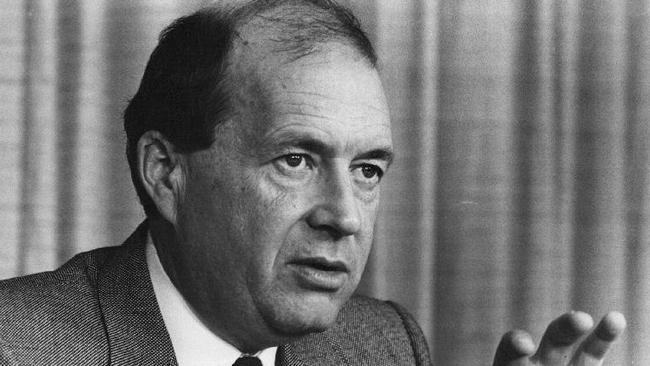
Mr Burke resigned as premier in 1987, with the WA Inc. scandal coming to light during the 1991 royal commission.
In 1994, he was found guilty of four counts of fraud and spent seven months in prison before being released on parole.
Ms Rinehart is Australia’s richest woman, with an estimated net worth of about $34bn.
The Hope Downs tenements, which are half-owned by Rio Tinto, bring in millions of dollars in mining royalties every year.
The trial continues.
Originally published as How a 37-year-old letter could cost Rinehart billions



